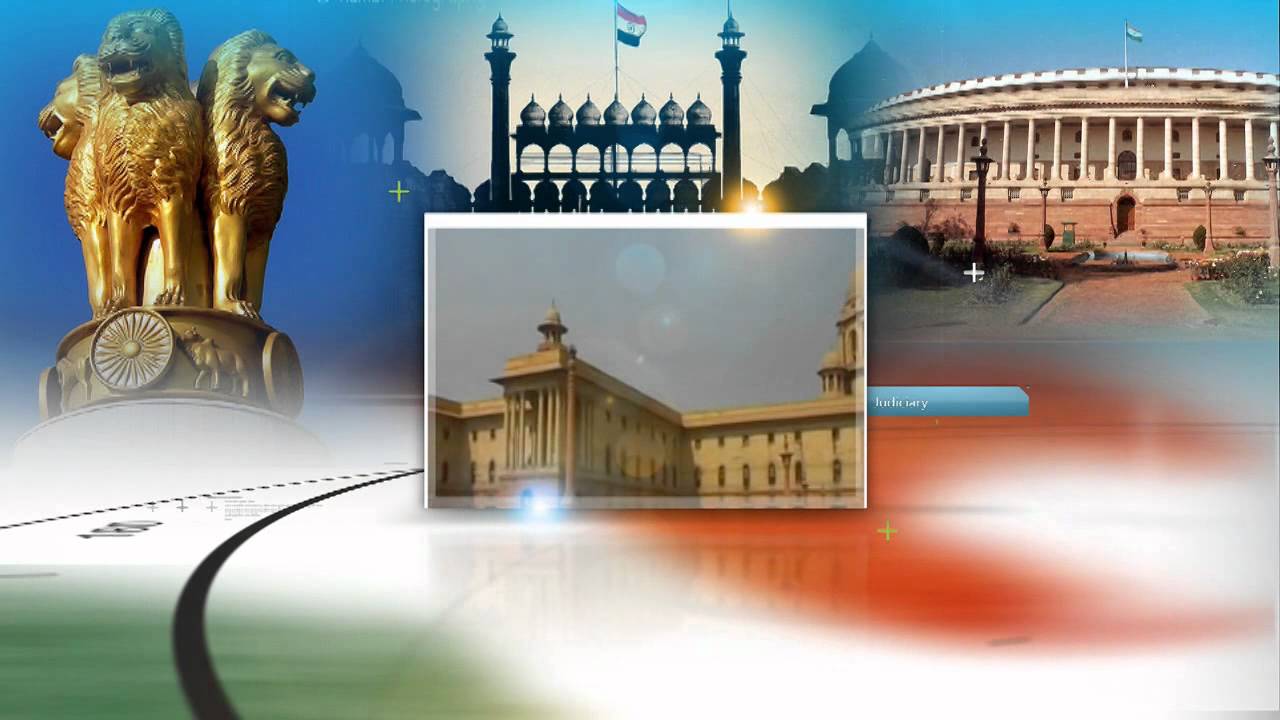Font size:
Print
India’s Evolving Approach to the Taliban Regime
Context:
The recent meeting between the U.S. President Donald Trump and Ukraine’s President Volodymyr Zelenskyy, and its subsequent fallout, resonated deeply among Afghan communities worldwide.
More on News
- For many Afghans, the situation mirrors how the U.S., first under President Trump and then under former President Joe Biden, withdrew its support, cut funding, and ultimately abandoned Afghanistan to Taliban rule.
Reflection of the Present
- Parallels: In September 2017, Trump secured a deal with then-Afghan President Ashraf Ghani, allowing U.S. companies access to Afghanistan’s rare earth minerals.
- By July 2018, U.S. officials initiated direct talks with the Taliban, sidelining the elected Afghan government.
- The 2020 Doha Accords, favoring the Taliban, failed to extract binding commitments regarding a political process, human rights, or counterterrorism measures.
- Consequently, the Afghan government collapsed, paving the way for Taliban control.
- Solidification of Taliban: Despite global non-recognition, the Taliban regime (2021-present) has solidified its hold over Afghanistan, enforcing brutal policies, particularly against women and dissenters.
- The systematic exclusion of women from education, employment, and public life starkly contrasts with the preceding two decades of relative progress.
- As one speaker at a recent exile conference in Spain noted, Afghanistan is no longer experiencing a “Great Game” but a “Great Abandonment.”
- Stand of Countries: While the U.S. and Europe have largely disengaged, Russia, China, Pakistan, and Central and West Asian nations have extended recognition to the Taliban.
- India remains in a precarious position—refusing to accredit a Taliban-appointed ambassador yet gradually increasing engagement through its “technical mission” in Kabul, reopened in 2022.
- Reports suggest that India is now negotiating to expand its diplomatic presence in Kabul while considering the acceptance of a Taliban representative in New Delhi.
- This shift was underscored by Foreign Secretary Vikram Misri’s January 2025 meeting with Taliban Acting Foreign Minister Mawlawi Amir Khan Muttaqi in Dubai.
- India remains in a precarious position—refusing to accredit a Taliban-appointed ambassador yet gradually increasing engagement through its “technical mission” in Kabul, reopened in 2022.
India’s Calculated Engagement with the Taliban
Several reasons underpin India’s evolving stance:
- First: One argument is that the Taliban’s rule is a long-term reality, necessitating pragmatic engagement.
- However, internal rifts within the Taliban—such as the divide between the Haqqani network and Kandahari clerics over women’s education—suggest that its hold on power is not unchallenged.
- Additionally, economic mismanagement, declining foreign aid, and strained ties with Pakistan are exacerbating internal pressures on the regime.
- Second: Another justification for engagement is humanitarian assistance, with claims that cooperation with the Taliban is essential to aid ordinary Afghans.
- Yet, history contradicts this notion—between 1996 and 2001, India successfully provided aid through international agencies without directly engaging with the Taliban.
- Third: A third rationale is India’s strategic positioning in Afghanistan.
- However, expecting long-term security cooperation from a Taliban-led government—given its history of hostility towards Indian interests—remains a risky assumption.
- The previous Afghan Republic offered India its first strategic partnership, intelligence-sharing through the National Directorate of Security (NDS), and security collaboration.
- These ties cannot be replicated under the Taliban, whose past actions include targeting Indian diplomats, missions, and workers.
Concerns Over India’s Policy Shift
- New Delhi’s recent reluctance to grant visas to Afghans fleeing Taliban persecution has disappointed many within the Afghan community.
- Security concerns over potential infiltration by militants have been cited, but past experience suggests that Afghan students, traders, and professionals who sought refuge in India played a key role in strengthening bilateral ties.
- The legacy of India’s support for the Northern Alliance and figures like Ahmad Shah Massoud still resonates with many Afghans, who now feel abandoned.
Reevaluating India’s Strategy
- Careful Assessment: Given these factors, India must carefully reassess its policy towards Afghanistan.
- While engaging with the Taliban may be a diplomatic necessity, it should not come at the cost of alienating other Afghan political factions.
- India should also take a firmer stance on human rights, particularly women’s rights, and use its influence to advocate for greater representation and freedoms.
- Sports Diplomacy: Additionally, India could leverage its influence in sports diplomacy.
- The Board of Control for Cricket in India (BCCI), for example, could push the Afghanistan Cricket Board (ACB) to recognise the Afghan women’s cricket team, which has relocated to Australia.
- Governance: India should also provide a platform for Afghan opposition leaders and exiled communities, allowing them to voice concerns about Taliban governance.


